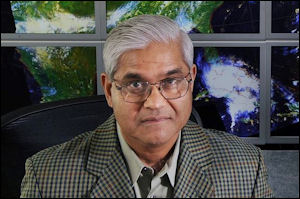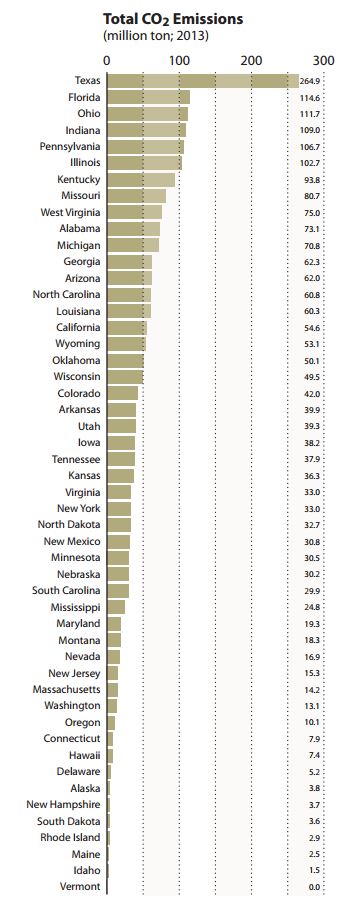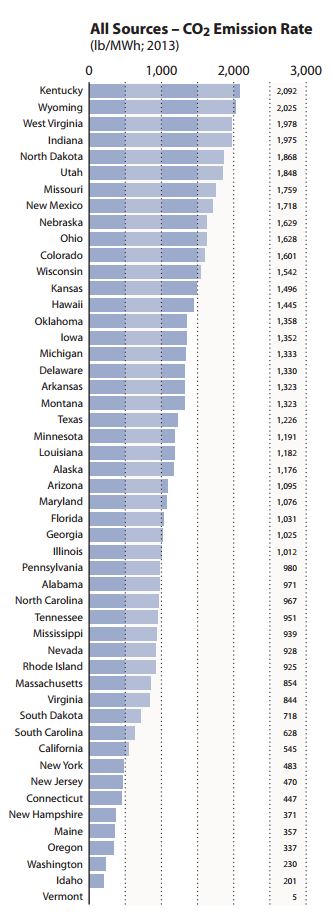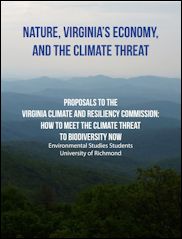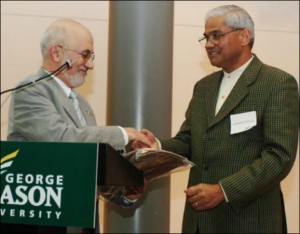
Jagadish Shukla (right) is congratulated by colleague Menas Kafatos at a 2005 awards ceremony.
by James A. Bacon
George Mason University climatology professor Jagadish Shukla obtained a waiver from the university’s conflict-of-interest committee for payments received from the federally funded Institute of Global Environment and Society (IGES) in addition to his full-time faculty salary, according to Freedom of Information Act documents acquired by Bacon’s Rebellion.
In his waiver request, Shukla revealed that he had a “personal interest” in the IGES contract with the National Science Foundation to conduct research on the predictability of the Earth’s climate. In the Request for Waiver form he submitted to GMU, he stated, “The Requestor is the President of IGES and serves as Principle Investigator on the GMU portion of the NSF grant and received annual salary in excess of $10,000 from IGES.”
The conflict-of-interest committee reviewed the waiver request on April 11, 2013. According to the committee minutes, “Shukla’s waiver was found acceptable,” pending minor revisions.
What is less clear is whether Shukla revealed that he was receiving not merely “a salary in excess of $10,000” but a salary of $343,000, and whether acknowledgement of that fact would have swayed the committee’s decision.
Shukla attracted widespread notoriety on the Internet when he and co-workers at GMU signed a letter last year urging President Obama to prosecute corporate climate “deniers” under the federal Racketeer Influenced and Corrupt Organizations (RICO) law. Global warming skeptics retorted that he should be the one investigated, given his pocketing of hundreds of thousands of dollars in salary from the federally funded IGES while also being paid a full-time GMU salary. Shortly thereafter, Rep. Lamar Smith, chairman of the House Committee on Science, Space and Technology, began probing the case.
Citing a previously undisclosed GMU audit, Smith released a letter to the National Science Foundation yesterday stating that the audit “appears to reveal” that Shukla had engaged in “double dipping.” Wrote Smith: “This practice may have violated GMU’s university policy, his employment contract with the university, and Virginia state law.”
(Bacon’s Rebellion requested a copy of the auditor’s report. Zachary Kurz, communications director for the House Committee for Science, Space and Technology said, “We cannot make the audit itself public. … We tried our best to characterize the main findings in Smith’s letter.”)
The fact that Shukla notified GMU of a potential conflict of interest with his work for IGES and received a waiver might seem to exonerate his activities. But the FOIA documents provided by GMU leave questions unanswered.
Shukla’s waiver request form stated that he received annual salary “in excess of $10,000 from IGES.” The waiver-request form did not state that he earned $343,025 in 2013 compensation, nor that IGES paid his wife $141,000 as business manager, nor that the institute paid GMU colleague James Kinter $207,0000 as director, all as reported in IGES’ 990 form. Ten thousand dollars is in the range of part-time employment that would not conflict with Shukla’s university obligations; three-hundred and forty-three thousand dollars, which exceeded his university salary, is not.
So, the question arises whether Shukla submitted deceptively incomplete information by characterizing his compensation from IGES as “in excess of $10,000,” or whether he remedied that deficiency by conveying it verbally or in some other manner. If he conveyed the full amount of his IGES salary, he did not do so during the conflict-of-interest meeting itself — because he did not attend that meeting. How do we know that? Because in an April 30 email to Shukla, committee chair Dade introduced herself and briefed him on their review:
Hello Dr. Shukla,
I chair the Mason COI committee. At the April committee meeting we reviewed your waiver request. The committee had two minor comments…
It is clear from the context of the email that Shukla was not present at the meeting.
Accordingly, I would conjecture, subject to verification, that the committee based its conflict-of-interest decision solely upon the information that Shukla provided in his waiver request form, in which he described his IGES compensation only as “in excess of $10,000.”
Whatever discussion ensued, it could not have been very long. According to the minutes of the April 2013 meeting, the entire meeting lasted only 47 minutes — from 10:30 a.m. to 11:17 a.m. During that time, the committee reviewed its previous minutes, reviewed Shukla’s waiver and found it acceptable with minor revisions, reviewed five other Statement of Financial Interest disclosures, and gave expedited review to 16 more.
One of Dade’s comments addressed a correction to the date of the waiver period, changing 2009 to 2013. The other sought to clarify the statement in Shukla’s waiver request: “The Requestor shall not submit any joint proposals in the future.” Dade asked, “Is that because IGES is joining George Mason University?”
Had the committee been in possession of knowledge that IGES was paying Shukla $343,00, surely it would have generated some time-consuming discussion among the seven committee members and one consultant in attendance, or it would have been alluded to in Dade’s email to Shukla two weeks later.
One possible conclusion to draw from this evidence is that Shukla deliberately obscured his IGES compensation in the conflict-of-interest waiver request form. Another possible conclusion is that committee members knew of the hefty compensation but chose — wink, wink, nod, nod — not make it an issue. Perhaps readers could offer other possible explanations.
Presumably, the GMU auditor was in a position to get answers to the questions raised here. Lamar Smith has forwarded the information to the National Science Foundation for possible action. (See “Dialing up the Heat on Climate Warmist.) In the meantime, Virginians should be asking how GMU intends to handle the situation. The FOIA evidence strongly suggests that either Shukla or the committee members were remiss. If Smith was correct in his paraphrase of the auditor’s findings to the effect that Shukla violated GMU policy five times between 2003 and 2015, the blame probably rests with Shukla. In either case, GMU cannot ignore the issue, and it needs to set the record straight.
Update: According to GMU’s “Outside Employment” policy, GMU employees “may engage in certain employment outside the university, provided that the employee has obtained prior written approval of his or her supervisor and the employee complies with all relevant University policies, including policies regarding conflicts of interest…” Employees must report salary and benefits “that may reasonably be anticipated to exceed $10,000 annually,” as Shukla did. They also must submit “regular and routine reports (monthly or quarterly) from such firm or entity identifying the number of hours and total payment made to the University employee.”
When I stated above that “What is less clear is whether Shukla revealed that he was receiving not merely “a salary in excess of $10,000” but a salary of $343,000, and whether acknowledgement of that fact would have swayed the committee’s decision,” I was unaware of the provisions in GMU’s Outside employment policy requiring Shukla to submit routine reports detailing hours and compensation. There is no reason to believe that Shukla failed to submit such reports, thus no reason to believe that GMU’s conflict-of-interest board was uninformed of his significant additional compensation.




